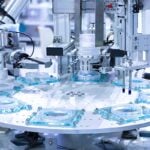Additive manufacturing, otherwise known as 3D printing is growing in practicality and popularity. In some industries, it has risen to prominence as the indispensable short run and prototype manufacturing.
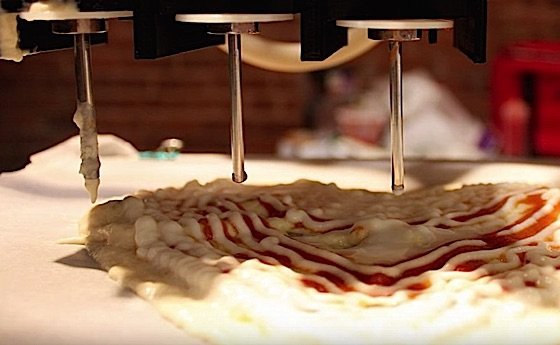
3D printing sounds sexy — and it’s definitely brilliant — but not everyone understands exactly what this technology is, and does. With “additive printing”, a designer or manufacturer can create objects from 3D data — even edible ones. It usually does this by adding layer on layer of various materials — from plastics to metal to concrete. Even full-sized houses can be manufactured out of concrete with this technology.
17 incredible 3D printed applications including Astronaut food for the coming Mars expedition:
Disruptive Technology
3D printing, although no longer a new technology, is considered a disruptive one that has the potential to substantially change or enhance different processes of production. Since it’s capabilities are still evolving, the excitement for its potential has not dwindled.
Some recent new applications of this technology are:
- NASA developing 3D printed food (even pizzas!) for the planned Mars Expedition
- Medicine, especially with the new breakthroughs in BioPrinting (would you believe, “print a kidney?”)
- Botanists printing a replacement “beak” for an injured bald eagle
- Entire cars can now be 3D printed, especially valuable for prototyping
- Entire houses can now be 3D printed in ONE pass (not as components) in 24 hours. See our earlier story on this>>
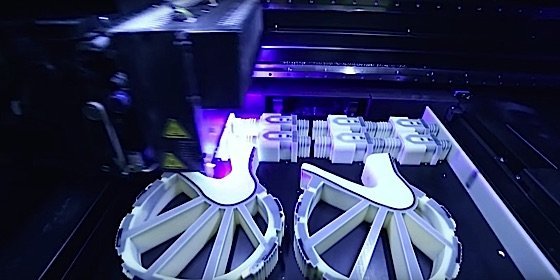
The technology is groundbreaking for a number of reasons: it allows the production of solid objects from digital data, giving almost unlimited freedom of design. In addition to that, it also allows for the manufacturing of customized products without the high surplus usually associated with the manufacture of a one of a kind product.
Medicine and BioPrinting
Especially in medicine, 3D printing is proving to be a life-saver. It even has it’s own “sub” designation: “bioprinting.” It’s not considered impossible that 3D printing could be used to replicate a usable kidney or liver implants. Current uses in medicine are prosthetic limbs, dental implants and dentures and precisely shaped bone implants for things such as spinal surgery.

“This is disruptive technology,” said Mike Renard, Organovo’s vice president of commercial operations at Organovo , a San Diego-based company that focuses on regenerative medicine. “It’s always interesting and fun, but never easy.” (More:15 Surprising Global Technology Cities)
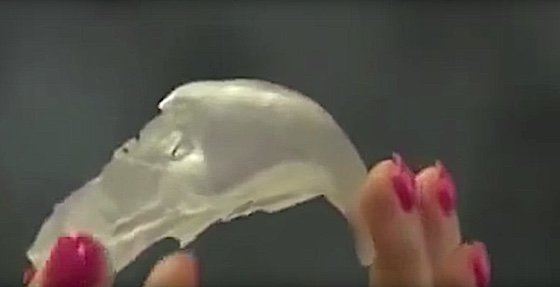
In the case of the Bald Eagle in our feature video, it was a literal life saver, as a Botanist was able to create an artificial replacement beak (necessary for survival).
Manufacturing: Flexibility and Speed for Short Runs
3D printed creations will continue to grow in popularity, especially for short run manufacturing, and prototyping, simply because the technology has virtually unlimited flexibility; it uses the additive method to output 3-dimensional components, ideal for short runs without need for molds. Importantly, with 3D printing, production can be done at any scale. A small model can be scaled up to a full size prototype. It also boasts of low cost and the short production time as compared to other modelling and prototyping methods.
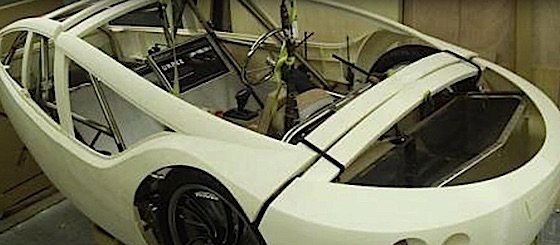
3D printing technology has been widely accepted — becoming virtually mainstream — and different industries are already making use of it, such as: short run manufacturing, automotive, parts replication in remote areas, housing (architecture) and aerospace. 3D printing is used mainly for special purposes, short runs and prototypes, currently, but applications will widen as costs come down.
Remote Design and Manufacture: Even in Space
Remote design to manufacturing is another large potential application. For example, NASA can design a fix for a broken part on a spacecraft and transmit the design for printing onboard the vessel. Or, a designer in Europe can send the print request to an office in Canada with a printer, to provide a short run prototype for testing. Scanning to 3D print also makes repairs, such as component replacement in remote locations, easier. Rather than ship a small part, the remote location could “print” it’s own replacement parts.
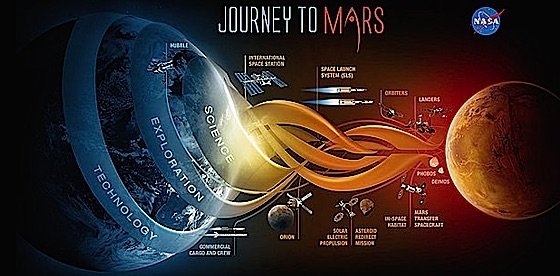
The distribution and demand of customized goods can be integrated to quickly provide creative designs and solutions to customers. Customers will be able to fabricate creative products; this will finally make the integration of public demand with public ideas possible. All of these point inevitably to a revolution in both business and social production mode. Computer aided process planning is almost impossible with traditional manufacturing, hence, 3D printing is the best choice for distributed manufacturing.
Evolution of 3D: Not Without Flaws
Like most ground-breaking innovations, 3D printing is not without its flaws, the technology is constantly evolving. A successful implementation of a single manufacturing application can take months to customize. The output devices themselves an expensive investment, despite their versatility. They require sophisticated and knowledgeable technical operators.
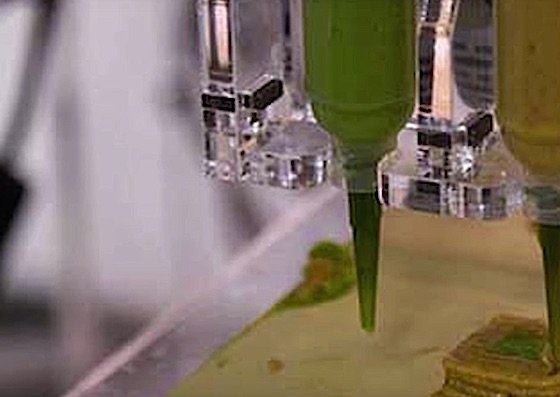
Additive and traditional manufacturing processes can be combined, their combination could yield a number of results. Otherwise impossible manufacturing projects could become feasible withe the integration of 3D addative and traditional manufacturing.
Performance Alloys and Biological Materials
3D printing has inspired an entire sub-industry working on output materials. Notably, 3D printing has inspired the development of high performance alloys. As mentioned above, 3D printing also inspired biologic materials that can be used to replicate living material for medical use.
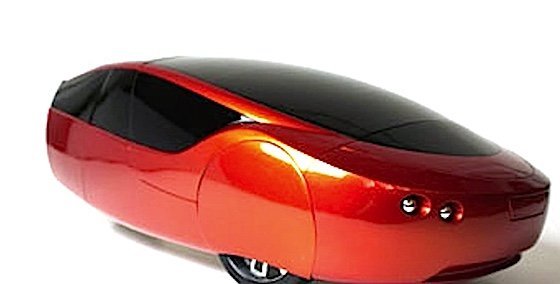
Materials with light weight and high strength can be synthesized. Inner structures in 3D outputted products can be designed with honeycomb structures to achieve lightweight combined with maximum strength and stiffness. By using 3D printing, high performance and efficiency can be achieved with any available minimal materials.
The promise of 3D printing has transformed into genuine real-world transformative manufacturing processes — disruptive technology that has unlimited potential.
REFERENCES
Predicting the future of additive manufacturing: A Delphi study on economic and societal implications of 3D printing for 2030 http://www.sciencedirect.com/science/article/pii/S0040162517300276
Development Trends in Additive Manufacturing and 3D Printing http://www.sciencedirect.com/science/article/pii/S2095809916300492
From rapid prototyping to home fabrication: How 3D printing is changing business model innovation http://www.sciencedirect.com/science/article/pii/S0040162515002425
Additive Manufacturing Will Change in the Next 5-10 Years https://www.forbes.com/sites/tjmccue/2012/05/02/additive-manufacturing-will-change-in-the-next-5-10-years/
The Future of Additive Manufacturing http://www.geglobalresearch.com/innovation/future-additive-manufacturing
The evolution of additive manufacturing through 3D printing http://www.themanufacturer.com/articles/the-evolution-of-additive-manufacturing-through-3D-printing



